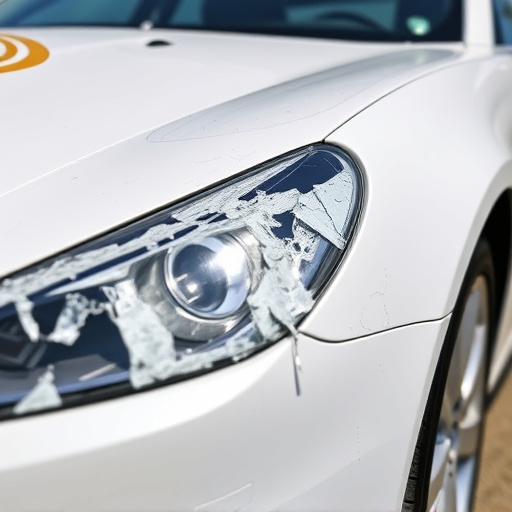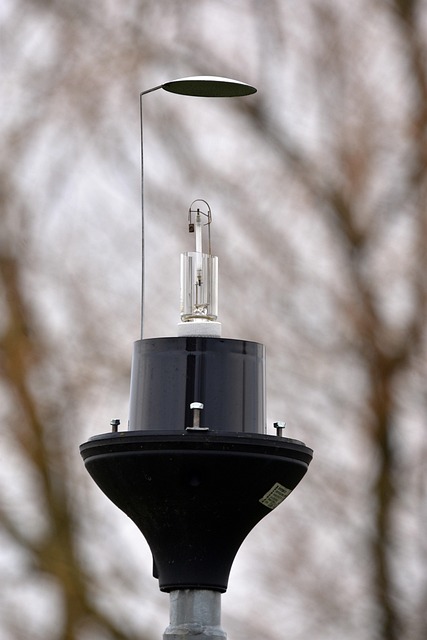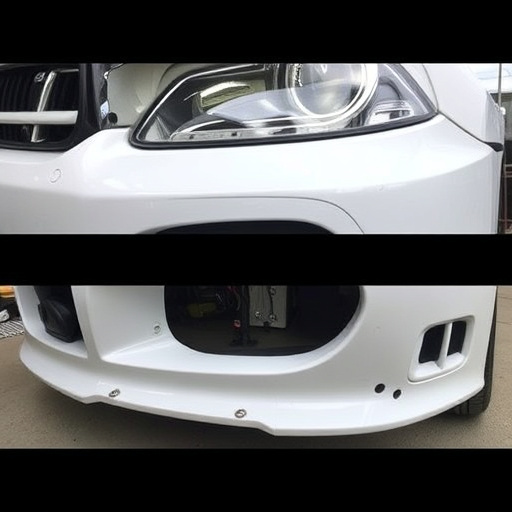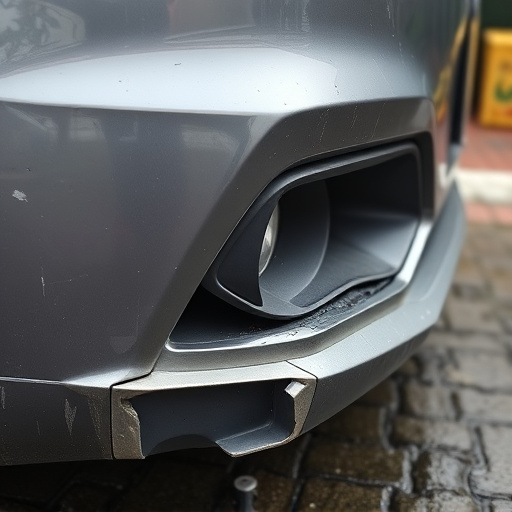Spectrophotometer color matching is a scientific method using advanced light analysis technology to accurately measure and replicate colors in sectors like automotive repair, ensuring perfect color matches for paintless dent repair and auto frame repairs. This process evaluates reflected or transmitted light through samples, gathering data on hue, saturation, and brightness to maintain the original vehicle paint finish's aesthetic appeal and market value. It's a reliable, objective tool for professionals working on vehicle bodywork, facilitating flawless results in both repair and customization projects.
“Unveiling the precision of spectrophotometer color matching can transform industries from fashion to manufacturing. This advanced technology ensures exact color replication, bridging the gap between visual perception and scientific measurement. In this guide, we demystify spectrophotometer color matching, exploring its fundamentals, inner workings, and diverse applications. By understanding how these devices quantify light absorption, you’ll appreciate their role in achieving consistent, vibrant colors across various sectors.”
- What is Spectrophotometer Color Matching?
- How Does a Spectrophotometer Work in Color Matching?
- Applications and Benefits of Using a Spectrophotometer for Color Matching
What is Spectrophotometer Color Matching?

Spectrophotometer color matching is a precise scientific method used to measure and replicate colors accurately. It involves utilizing a spectrophotometer, an advanced instrument that analyzes light, to determine the specific characteristics of a color. This process is crucial in various industries, including automotive repair, where achieving perfect color matches for paintless dent repair or auto frame repairs is essential. By measuring the reflected or transmitted light through a sample, the spectrophotometer provides data on hue, saturation, and brightness, ensuring an exact match to the original color of vehicle bodywork.
This technology plays a vital role in ensuring high-quality outcomes in color-critical applications. In the auto industry, for instance, it’s used to restore vehicles’ original paint finishes seamlessly, maintaining their aesthetic appeal and market value. With its ability to quantify colors objectively, spectrophotometer color matching offers a reliable solution for professionals working on vehicle bodywork, enabling them to achieve flawless results in both repair and customization projects.
How Does a Spectrophotometer Work in Color Matching?

A spectrophotometer is a powerful tool used in color matching and analysis across various industries, including automotive sectors like auto body painting and vehicle body repair. Its operation in color matching involves measuring the interaction between light and a material’s surface. The device emits a known light source onto the sample, which then reflects or transmits this light. By analyzing the specific wavelengths of light absorbed or reflected by the sample, the spectrophotometer can precisely determine the color and its variations.
This process is particularly crucial in car collision repair where achieving an exact match to the original vehicle’s color is essential for a seamless restoration. The instrument provides detailed data on color parameters such as hue, saturation, and value, allowing professionals to mix paints accurately and create a perfect replica of the damaged area’s color. In essence, the spectrophotometer’s scientific approach ensures that auto body painting and vehicle body repair work matches not just visually but also in terms of chemical composition, resulting in durable, high-quality finishes.
Applications and Benefits of Using a Spectrophotometer for Color Matching

The spectrophotometer has revolutionized color matching processes in various industries, offering precise and efficient solutions. Its primary applications lie in automotive repairs, where professionals use it for accurate color analysis during bumper and car scratch repair, ensuring seamless integration of repainted areas with existing finishes. This technology is also invaluable in the manufacturing sector, facilitating quality control by comparing produced colors against original standards.
By enabling detailed spectral analysis, spectrophotometers provide benefits beyond simple visual inspection. They offer quantitative data, capturing color parameters such as hue, saturation, and luminance, which are crucial for achieving consistent and exact matches. This level of precision is particularly beneficial in high-end vehicle repairs, like Mercedes Benz repair, where maintaining the original car’s aesthetic value is paramount.
Spectrophotometer color matching offers an accurate, efficient method for evaluating and replicating colors across various industries. By understanding how this technology works and its diverse applications, businesses can harness its power to achieve precise color consistency in their processes, from manufacturing to design. This innovative tool plays a pivotal role in ensuring that colors remain true and consistent, ultimately enhancing product quality and customer satisfaction.














